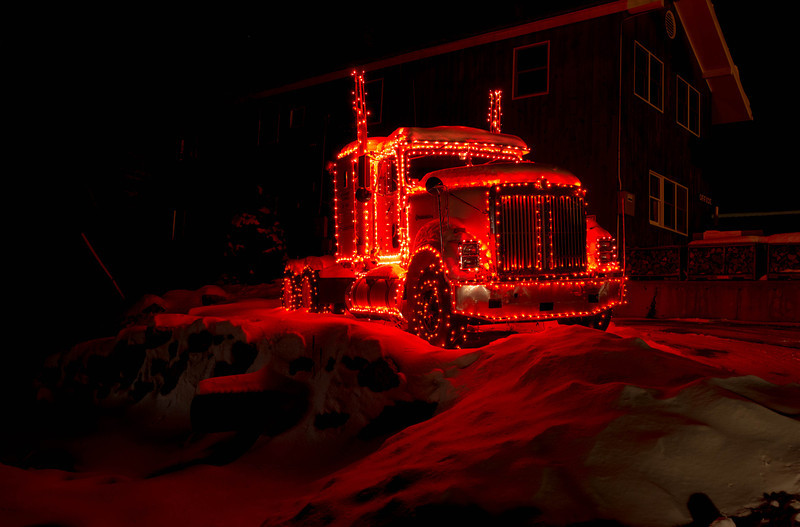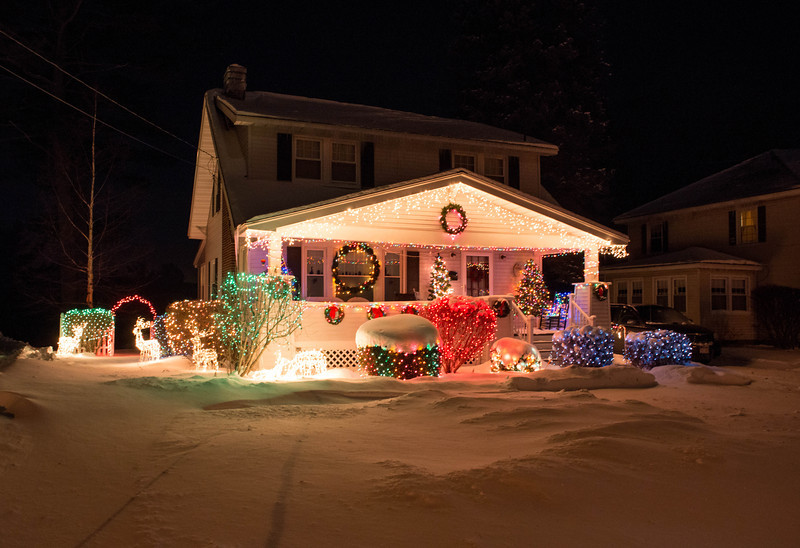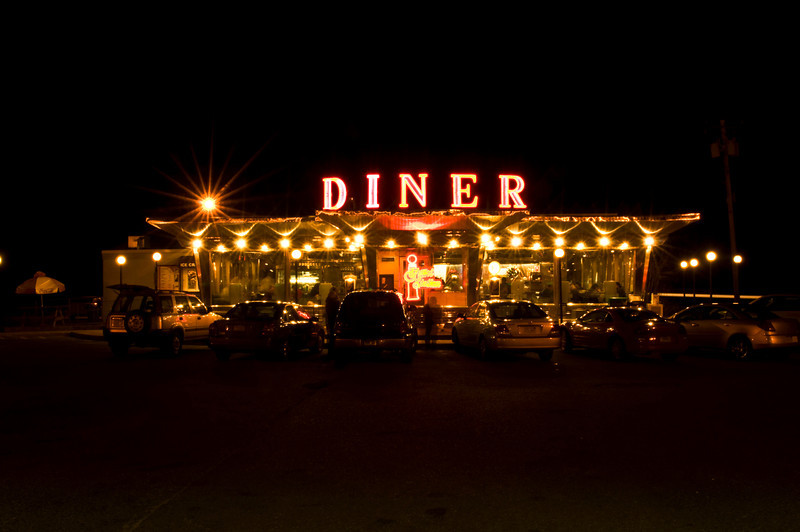Thanks, Asher. Yes, I plan other versions, but I'm a bit cautious about cropping -- would prefer to get it right the first time (or the second or third etc.).
You're not being hired by a client! Post production costs are not an issue, but your vision likely as not is. There may well be a wonderful time, (like for the wedding photographer or many other pros), when you'll routinely shoot and print as framed! But why now? You really don't need to limit yourself
today. Exact framing? Separately, as an exercise, (probably, we all should), go to still life or figure drawing classes for peace of mind and to gain in compositing and feelings. Then, do still life of objects by the window at home or with studio lights.
But
right now, for the urban and rural landscape shots you put your heart into, I'll bet that "exact" framing is as likely to restrict you, as to bring perfection "first time out". Your freedom can extend for you these choices, until you sit before the computer. You get time to devote
all your imagination anew to what you'll discover.
Before you know it, these two styles of work may fuse and you could very be framing
exactly as the print demands. But for now, allow yourself more material do come home with. I say because I believe in your quest and your ability to level out
this parameter of choice, later on in your journey. But you'd have picked up skills and preferences that will prepare you for such precise, (and early exclusion of what's needed), to make a work that will have air in its nostrils, a will of its own and a life beyond you own.
These ideas, once again are no prescription for success. I'm no guru who know how to make masterpieces never mind confer this on you. I just feel that they are worthy of consideration when one's journey is beginning. Still, on the way, any hints given to you by the likes of Bart, Cem, Jerome, Maggie, Nigel or Nicolas, (just to name a few), treat as gifts and put in your backpack, as they are more valuable than you might imagine. But no advice from, us, the other travelers, suffice for you to succeed. The other necessary ingredients are your self-worth, openness to new experience and stamina, (and talent to be earned), as you discover what you cannot do and how to circumvent that block.
Right now, a real cardboard box with the 12 current best
actual prints is needed for you to refer to be in constant touch with your nascent style and developing purpose.
Asher






